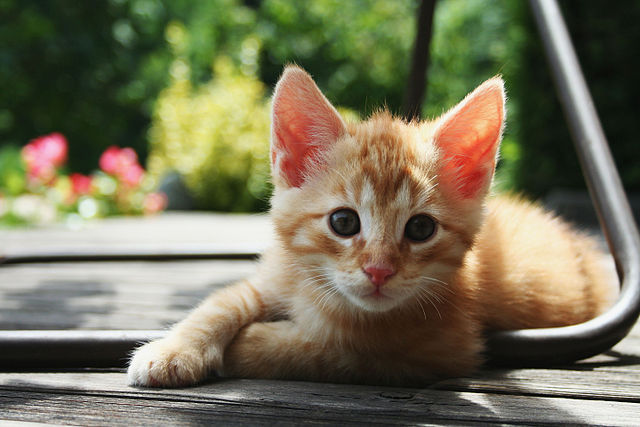How ancient cats lived on the brink of domestication
Ars Technica » Scientific Method 2020-07-15

Cats can transfer a variety of infections, including MRSA, toxoplasmosis, ringworm, and hookworm. (credit: Kaldari)
The ancestors of modern cats followed early farmers into Europe but weren't pets, according to a recent study. Nitrogen isotope ratios in the bones of six cats from Neolithic Poland suggest that these ancient cats hunted rodents that ate human farmers' crops, but they didn't eat quite the same diet as local people and their trusty domestic dogs. In other words, the cats lived a lifestyle similar to modern coyotes.
Cats lived near people but not with them
All modern cats trace their lineage back to Near Eastern wildcats; in fact, it's still a bit tricky to tell the domestic cats from these wildcats based on their DNA. Sometime around 5,300 years ago, it seems that these wild cats noticed that rodents like mice, voles, and hazel grouse flocked to human settlements to eat crops and food stores. The rodents came for the grain, and the cats came for the easy, abundant prey.
Between 4,200 and 2,300 years ago, a population of early farmers from Central Asia moved into Europe, where they interacted with the hunter-gatherers who already lived there. Some wild cats tagged along; archaeologists found Near Eastern wildcat skeletons in Poland from around the same period. Archaeologist Magdalena Krajcarz of Nicolaus Copernicus University and her colleagues say the cats weren't really traveling with the humans—they were just following their prey. (This argument does sound a bit like a cat wrote it.)